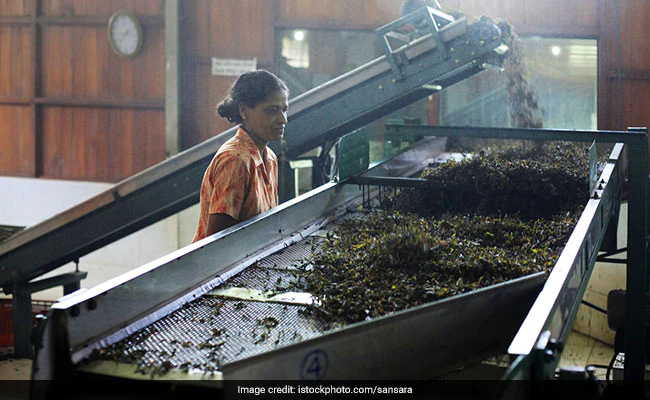The Global Gender Gap Index for 2022, released on Wednesday by the World Economic Forum (WEF), ranked India low, at 135th place out of 146 countries in terms of gender parity, despite an improvement of five places since 2021.
India has scored 0.629 on a scale of 0 to 1, which is its seventh highest score in the past 16 years.
“India registers the most significant and positive change in its performance on economic participation and opportunity,” the report stated.
As per the report, Iceland retained its first rank as the world’s most gender-equal country, followed by Finland, Norway, New Zealand, and Sweden. It also states the nations which rank the lowest – Afghanistan, Pakistan, Congo, Iran, and Chad.
The World Economic Forum further warned that the cost-of-living crisis would hit women disproportionately across the globe, especially with the increasing gender gap in the labor force. Adding on, it states that it will take another 132 years (as compared to 136 in 2021) to bridge the gap.
Furthermore, the report elucidates the pandemic’s widening gender parity and how slow or weak recovery has adverse effects globally.
“The cost-of-living crisis is impacting women disproportionately after the shock of the labor market losses during the pandemic and the continued inadequacy of care infrastructure,” WEF Managing Director Saadia Zahidi said.
“In the face of a weak recovery, government and business must make two sets of efforts: targeted policies to support women’s return to the workforce and women’s talent development in the industries of the future. Otherwise, we risk eroding the grains of the last decades permanently and losing out on the future economic returns of diversity,” she added.
What are the parameters?
The Global Gender Gap Index weighs gender parity on four parameters, namely: economic participation and opportunity; political empowerment; health and survival; and educational attainment.
India has registered the most progressive change in its performance on economic participation and opportunity. However, labor force participation has shrunk for both men (by-9.5 percentage points) and women (by-3 percentage points) since last year.
Furthermore, the gender parity score for estimated earned income has improved because even though the values declined for both men and women, they declined more for men.
As far as the political empowerment score is concerned, the report states that India recorded a declining score due to the diminishing share of years women have served as head of state in the past 50 years. India ranked the lowest, at 146th place on the Health and Survival Subindex.
Adding on, India was ranked at the top globally in terms of gender parity for primary education enrolment and tertiary education enrolment and in the eighth place for the position of head of state.
(Source: PTI)

